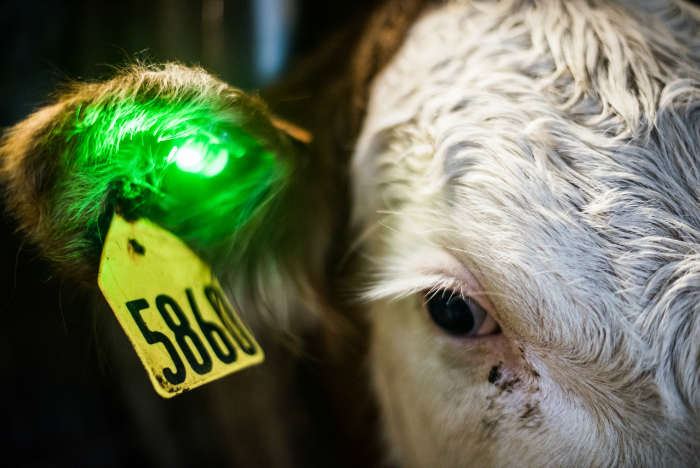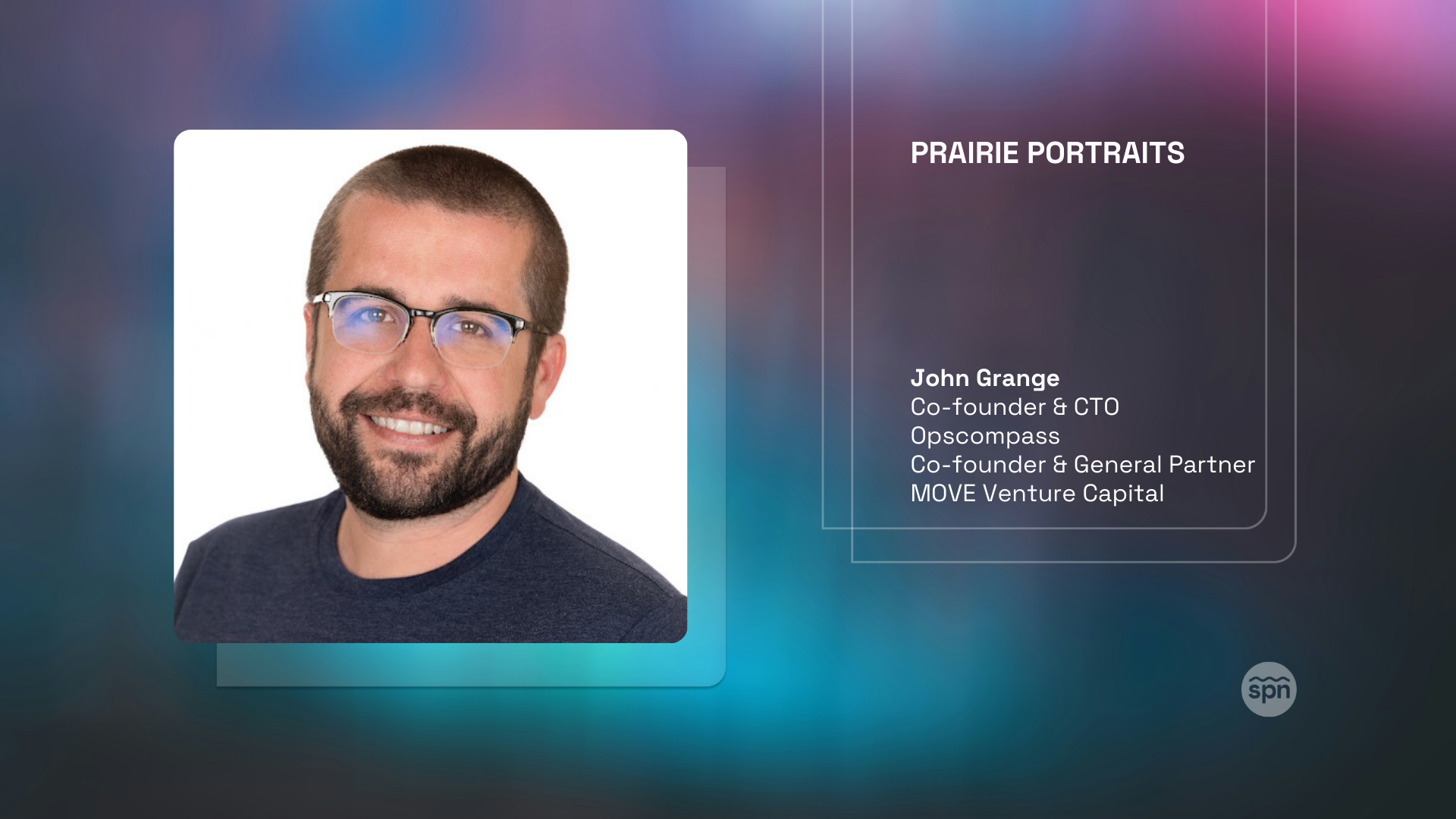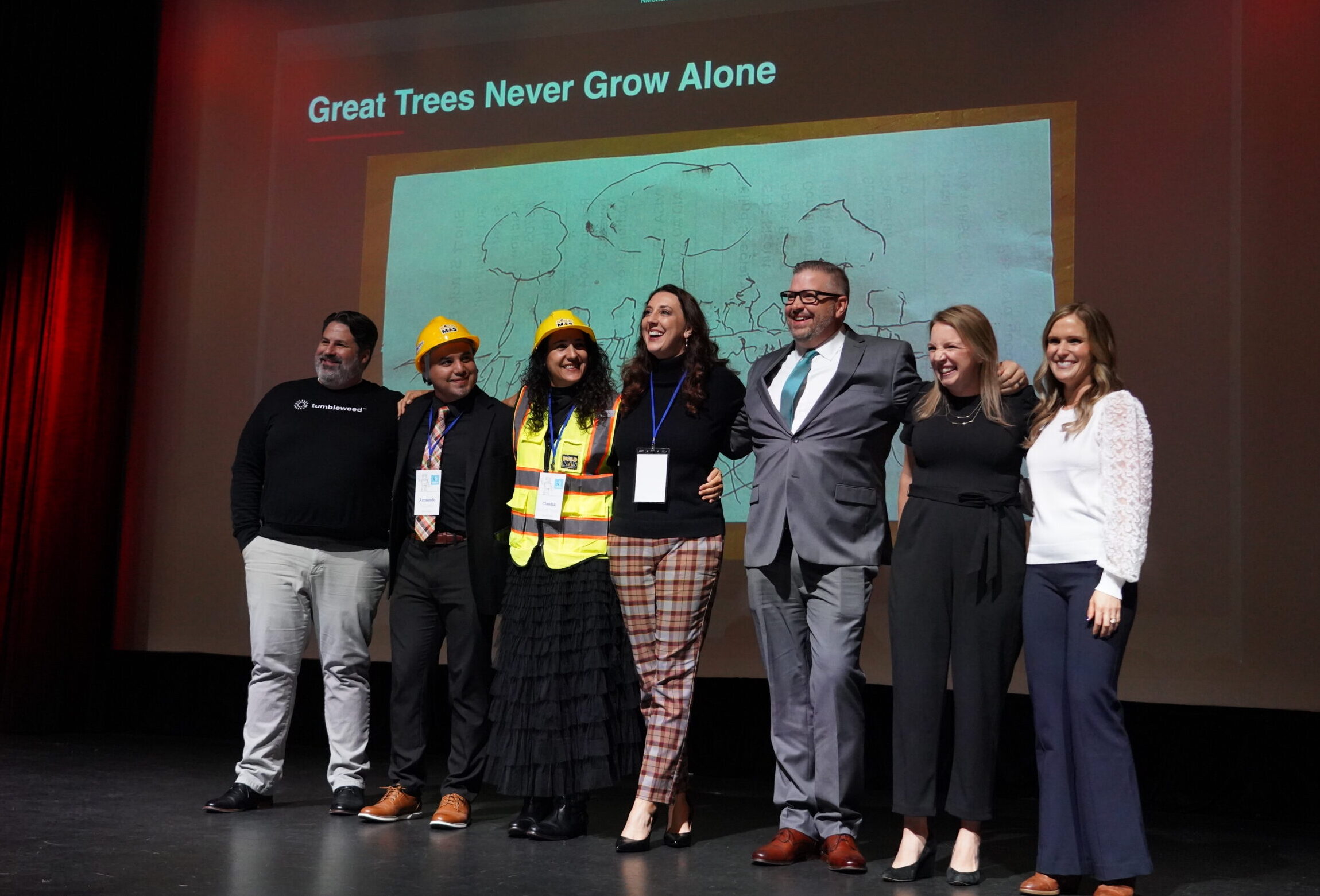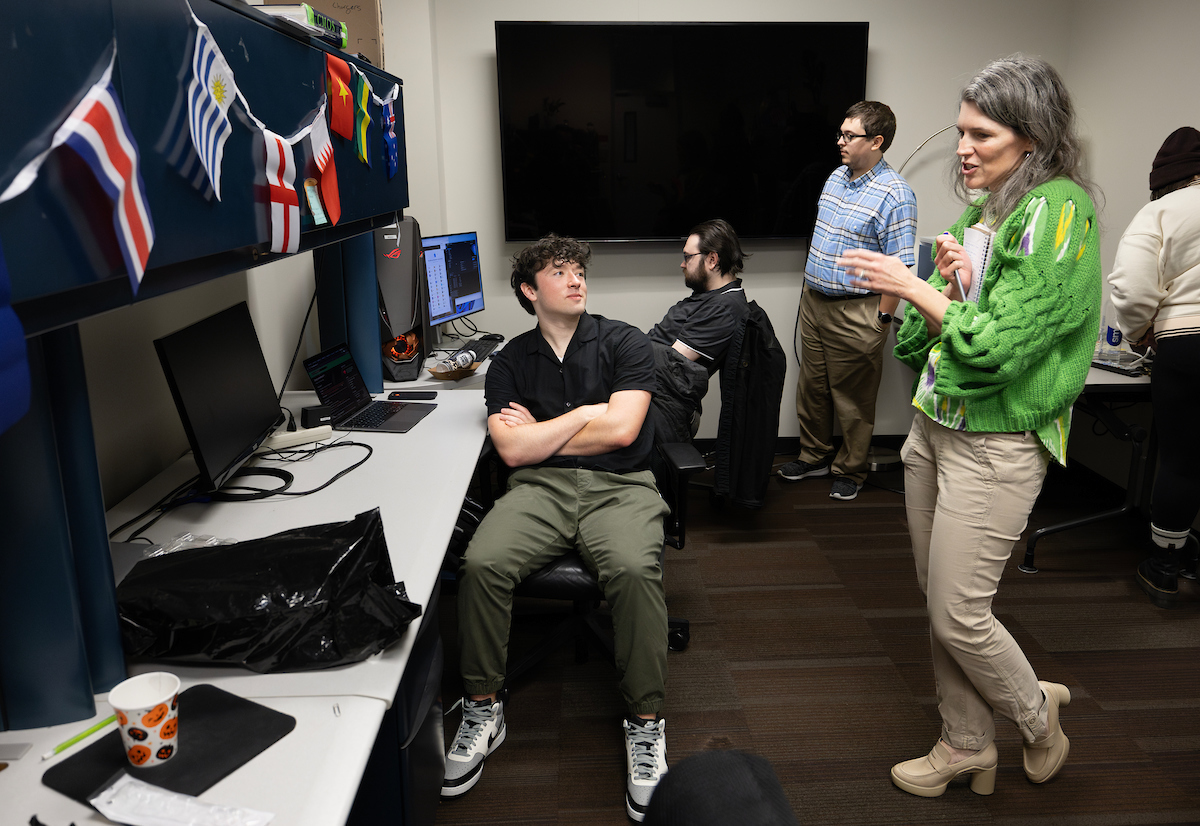
An agriculture career was the furthest thing from Vishal Singh’s mind growing up in Pleasanton, Nebraska.
“My idea of ag was a lot of manual labor, and it didn’t look like fun,” said Singh, Founder and CEO of Quantified Ag.
So what changed?
“I took a job at UNL in a department that was working on cutting-edge projects, almost like mini-startups,” Singh said. “I gained experience with interesting tech projects in beef and crop production.”
Today Singh’s company is poised to disrupt the beef production industry with its unique approach to monitoring animal health, a concept born from his experience working with crop scientists.
“I met this guy who was doing turf grass research, and he was having all sorts of trouble getting his research data,” Singh said. “Full-sized aircraft couldn’t get low enough and weather balloons didn’t work.”
Singh parlayed his life-long interest in radio-controlled devices to mount a camera on a drone and fly it over the research plot.
“We had images they could use within an hour,” Singh said. “They published a lot of research based on that.”
Proving the concept
This led Singh to pursue the use of drones to fly over feedlots and monitor cattle for signs of illness. He took the idea to the NMotion Accelerator in 2014.
“Detecting illness in animals is a pain point for producers,” Singh said. “I was going to do thermal imaging using drones to identify sick cattle.”
But he ran into complications, not the least of which is the fact animals move around so it was challenging to pick out individual animals based on drone images.
“That’s when I pivoted to the ear tag,” Singh said.
The initial concept was taking a Texas Instruments dev board, encasing it in plastic and attaching it to an ear tag equipped with Bluetooth.
“It only transmitted a short distance but it proved the concept,” Singh said. “That’s when I left the University to focus full-time on the company.”
Telemedicine for cattle
He was joined by two co-founders, COO Andrew Uden and CTO Brian Schupbach.
“We were pretty much focused on testing and refining the concept,” Singh said. “Lots of iterations in feedlots.”
They learned during testing was that traditional ear tags weren’t the answer.
“Conventional ear tag buttons just didn’t hold well enough for us,” Singh said. “The data had flaws.”
The company pivoted again to develop a patent-pending device inserted in the animal’s ear and attached with a small staple. The device contains an LED light that lights up to identify the animal.
“It’s installed with a modified staple gun using less pressure,” Singh said. “The animal is under much less stress during installation and the pinpoint is much less infection-prone.”
Data combining ear canal temperature with movement is transmitted from the animal’s ear to a base station where signs of illness can be identified in ways that visual inspection might not catch.
“Animals treat people as predators and hide symptoms,” Singh said. “We’re starting to see that not only can we tell the difference between sick and not sick, but also identify specific illnesses.”
This is important, as a policy called the Veterinary Feed Directive spreads across the country, requiring administration of antibiotics under the supervision of a licensed veterinarian.
“A veterinarian has to diagnose and write a prescription,” Singh said. “We can transmit symptom data and allow the veterinarian to diagnose and prescribe remotely. It’s more or less telemedicine for cattle.”
Awaiting final certification
There has to be competition, right?
“There’s definitely competition,” Singh said. “But our nearest competitor has a solution that requires surveying and installation of three telephone poles with receivers at each pen to triangulate the position of animals. They’re just keeping track of the bread crumb trail of animal movements.”
Quantified Ag is awaiting final certification from the Federal Communications Commission before rolling out to the market.
“We already have someone in Oklahoma that has pre-paid to be our first customer,” Singh said. “We’ve had a lot of contacts from Australia, Germany, Ireland, South America and South Africa.”
“It’s exciting and overwhelming all at the same time,” he added.
—
Rod Armstrong is Vice President of Strategic Partnerships for AIM in Lincoln, Nebraska. He is a regular contributor to Silicon Prairie News.




